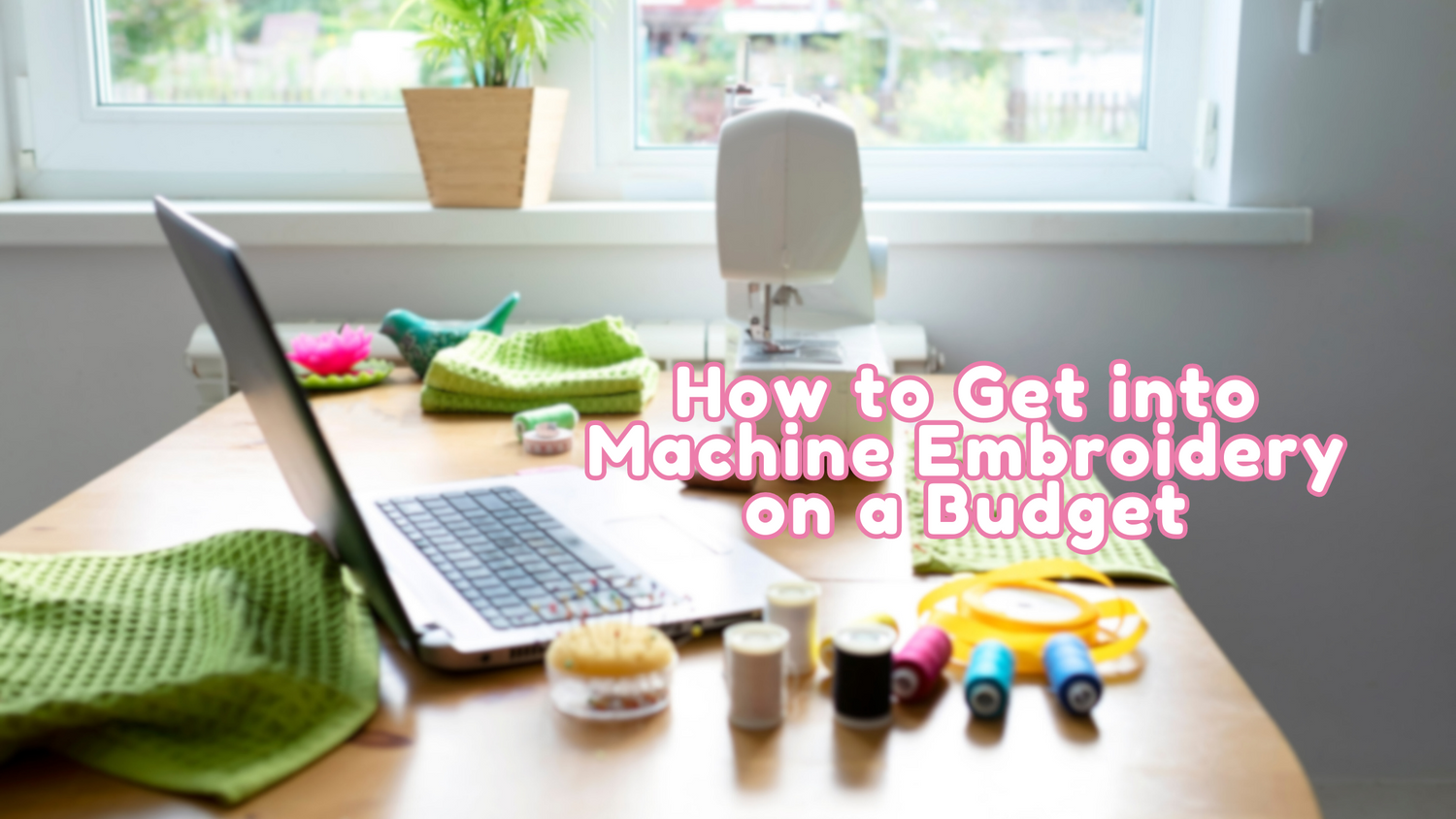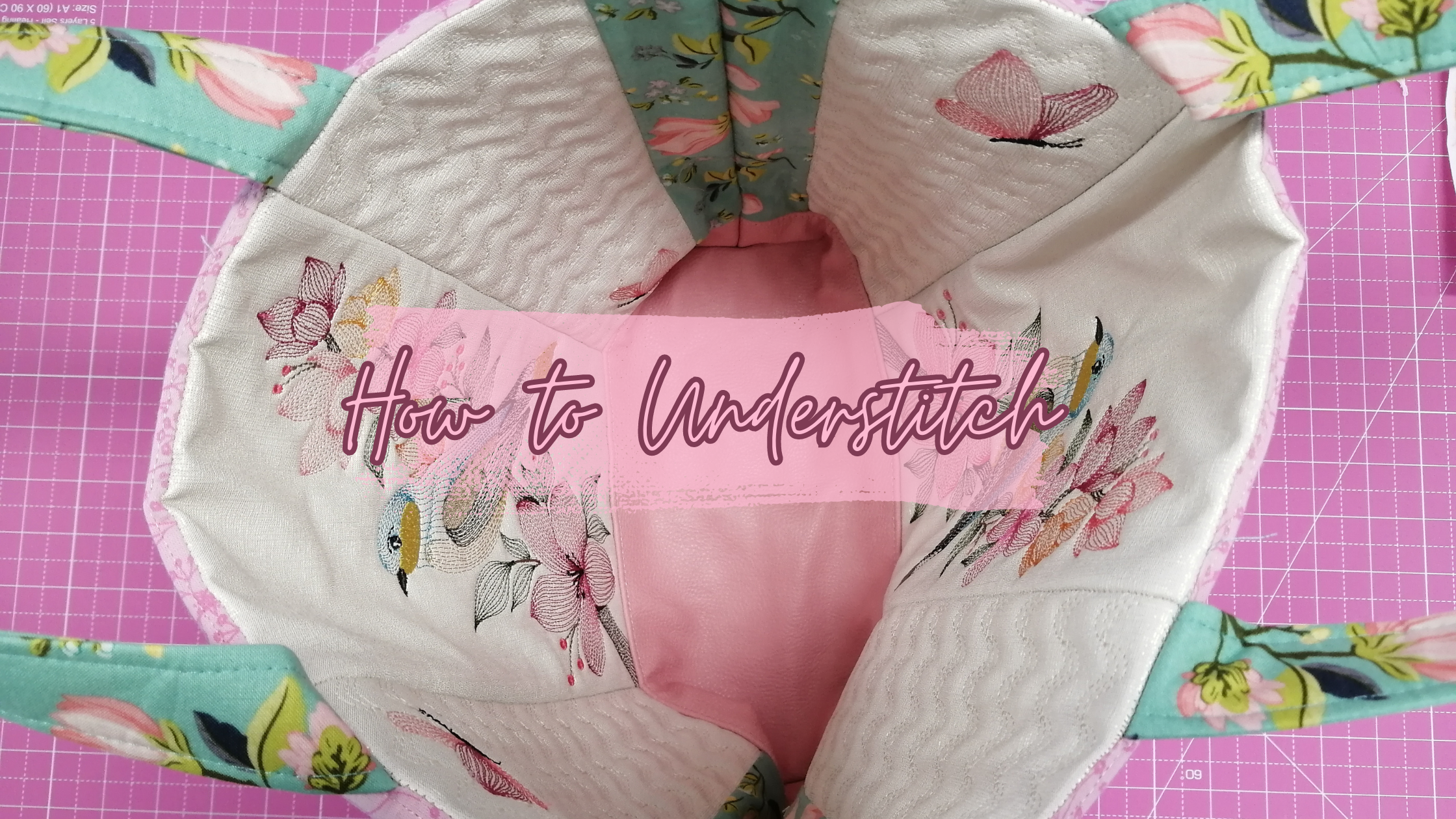Machine embroidery is an amazing hobby (yes, we’re a little biased) but it can be expensive to get started! However, there are ways to save money while still getting the most from your equipment and supplies. Like all crafts, it’s not about getting the cheapest or most expensive gear, but choosing the right tools from the start.
First step, your machine.
This is probably the most expensive part of machine embroidery and the machine you choose can have a great impact on your enjoyment of the hobby and whether you need to upgrade in the future. Some sewing machines come with dual functionality that allow embroidery in small hoops, often at a more affordable price point. There also expensive combination machines, but the range is wide. If you already like sewing and want to test out the hobby, this can be a great starting point.
However, we ultimately recommend a machine made for purpose as this means you can do more complex and larger projects and will have a machine for many years to come. But you don’t need to buy new! In fact, ex-demo and secondhand models are often very well cared for and dramatically reduced in price. used, well-maintained commercial embroidery machine can last 30 years or more. You just need to do your research – ask about maintenance and lifetime stitch count.
Whether you choose new or used, you also need to consider what the machine offers and if that suits your wants (and possible future plans). A one needle machine that uses USBs for design transfer is pretty common among many enthusiasts, and the brand ultimately comes down to personal preference. Do a little research on the type of designs you want to do and make sure the machine can accommodate for that.
Next on the list, supplies to get you started.
We actually created a whole infographic on this, along with a blog going into detail on each item, but here is a simple list to get you started:
- Stabiliser and batting – particularly cut-away or tear-away for your first projects
- Embroidery thread – choose a basic thread pack to begin, then pick based on designs from there
- Fabric scissors and snips – for cutting fabric, stabiliser, and thread
- USB drive – to transfer your designs from computer to machine
- Iron – to remove creases and wrinkles from fabric
- Cutting mats and rulers – to cut your fabric to size and trim designs from hoops
- Fabric – you need something to stitch on!
Where you can save money
- Use your scraps! You would be surprised how much fabric you may already have at home. Whether it’s offcuts from other projects, clothing with holes and tears, or thrift store finds, giving fabric new life will save you lots of money.
- Speaking of scraps... buttons and zippers don’t have to be new! Steal them from clothing you aren’t using anymore. You can also get zips on big rolls with separate pulls and just cut what you need, which is much more affordable than individual zips!
- Hold on to thread and stabiliser. Sometimes people think embroidery can be wasteful thanks to all the excess thread and stabiliser that you don’t use. While this can build up, it can also be reused if you know how. You can use these for filling or creating new things (we have articles on both of these ideas!).
Where you should look for quality
- Thread – skimping on thread is only going to end in frustration! New embroidery thread is going to give you what you need – no fraying or breaking and a beautiful result.
- Needles – you don’t need all the needle sizes, but you do need a quality one. Don’t skimp!
- Maintenance – your machine needs TLC just like you! Your manual will tell you about what you need to do and you can also talk to machine sellers for advice or maintenance services.
- Learning – thankfully, this one is pretty much free these days. Many sites offer tutorials and videos on embroidery and machines these days. Humble brag - we have a whole place for this called Sweet Pea Studio!
We hope this list helps you get into embroidery whatever your budget! Do you have any additional tips? Comment and let us know.




Leave a comment
All comments are moderated before being published.
This site is protected by hCaptcha and the hCaptcha Privacy Policy and Terms of Service apply.